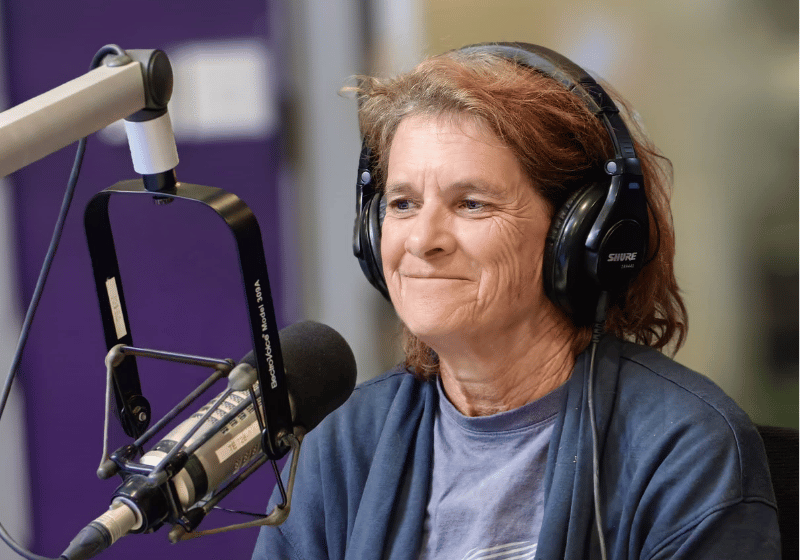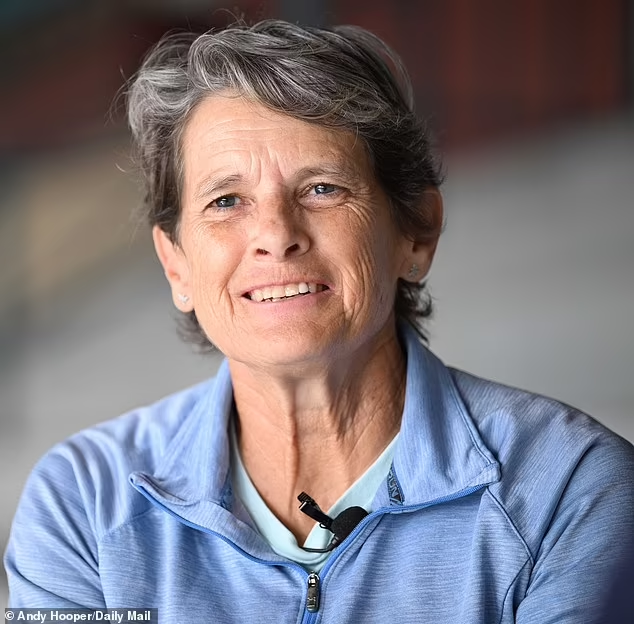South Africa’s Zola Budd opens up on real reason she ran barefoot

South Africa’s Zola Budd opens up on real reason ran barefoot. Photo credit: Jacaranda FM
Few athletes in history have stirred as much curiosity, admiration, and controversy as Zola Budd. With her small frame, blistering speed, and—most memorably—bare feet, Budd became one of the most iconic figures in track and field during the 1980s. Her decision to run barefoot wasn’t just a stylistic quirk; it was rooted in personal experience, emotional healing, and a uniquely South African upbringing.
Growing Up in Bloemfontein: Where Shoes Were Optional
Born on 26 May 1966 in Bloemfontein, South Africa, Zola Budd grew up in a modest, outdoorsy environment. Life on the family farm meant plenty of physical activity and little regard for shoes. Running barefoot wasn’t unusual—it was the norm. Many children in her community trained and raced without footwear, not for competitive advantage but out of comfort and routine.
In a recent interview with Jacaranda FM, Budd revealed that she simply found spikes uncomfortable, and that as a child, her parents didn’t always have the means to buy the best running gear. Her early races were often on grass or dirt tracks, which suited her barefoot style perfectly.
“Running barefoot gave me better control, helped me stay injury-free and feel the track beneath me,” she once said. “It just made sense.”
A Sister’s Death and the Turning Point in Her Running Journey
At the tender age of 14, tragedy struck. Budd lost her older sister, Jenny, in a car accident. The emotional impact was devastating, throwing her adolescent world into chaos. Running became more than a physical exercise—it became her escape.
Every step she took on the dusty South African paths was a way to cope with grief. She once described running as “the only way I could stop crying”. From that moment, her barefoot strides were not just about sport; they were about survival.
Breaking Records Barefoot: South Africa to the World Stage
By 1984, Budd had shattered the world record for the 5,000 metres with a time of 15:01.83, though the feat couldn’t be officially ratified due to South Africa’s sporting isolation under apartheid. Nevertheless, her performances drew international interest.
That same year, she controversially obtained British citizenship through her grandfather, fast-tracked in order to compete at the 1984 Los Angeles Olympics. Representing Great Britain, she set another 5,000 m world record in 14:48.07.
Wearing no shoes, Budd had found her stride—but global fame would soon come at a cost.
The Mary Decker Collision: Infamy at the 1984 Olympics
It was the 1984 Summer Olympics in Los Angeles that immortalised Zola Budd in both triumph and tragedy. During the 3,000-metre final, a collision occurred between her and American favourite Mary Decker, causing Decker to fall and fail to finish. Budd, rattled, lost pace and finished seventh.
Though cleared of wrongdoing by a subsequent investigation, Budd was vilified in the American press. She later admitted that the moment haunted her for years, despite her youth and innocence in the incident.
“I was 18, new to international competition, and overwhelmed,” she said in a later BBC interview. “It was deeply painful.”
The barefoot girl from Bloemfontein became a political and media scapegoat, her running style, nationality, and background all under intense scrutiny.
Why Zola Budd Never Wore Shoes: Science and Sensibility
Today, barefoot running has gained popularity as a science-backed movement with claims of better form, reduced injury risk, and improved posture. But long before it was trendy, Budd was living proof of its benefits.
Key Benefits of Budd’s Barefoot Style:
- Improved proprioception: She could feel the ground and adjust her stride naturally.
- Mid-foot strike: This reduced knee and hip injuries, common among heel-striking athletes in shoes.
- Lighter step: Her barefoot strides gave her a smoother and more efficient running economy.
Researchers and sports scientists now cite her as one of the most organic examples of minimalist running success, decades before brands like Vibram or the barefoot movement took hold.
Beyond the Track: A Humble Life of Purpose
After a stormy athletic career—marked by politics, controversy, and exile—Zola Budd retreated from fame. She moved to the United States, married and became Zola Pieterse, raising children and building a quiet life rooted in family and education.
She holds a PhD in Higher Education Leadership, has served as a cross-country coach, and often returns to South Africa for athletic events. Her non-profit, Run with Zola, mentors young runners and promotes youth development through sport.
Cultural Legacy: From Scapegoat to Symbol of Grace
Although her story was once defined by controversy, time has rebranded Zola Budd as a symbol of resilience, humility, and authenticity. For many South Africans, she embodies a spirit of quiet defiance—facing global criticism, racial politics, and personal grief with calm dignity.
She has also inspired a new wave of runners—from elite competitors to everyday joggers—to embrace barefoot running not just for performance, but for its connection to the earth, the body, and the soul.


